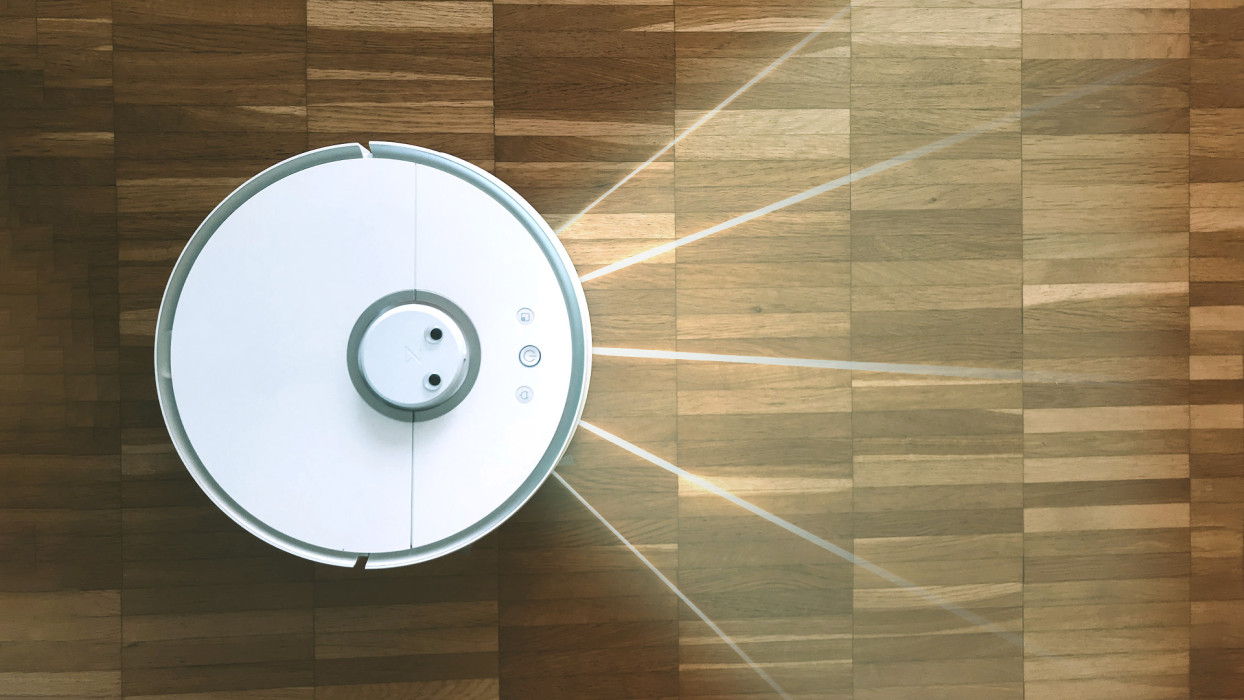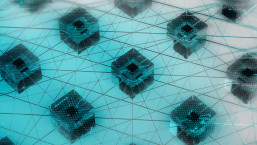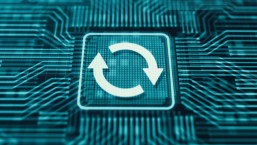Since the first model hit the market in the 2000s, robotic vacuum cleaners have advanced rapidly. They can swiftly clean every corner without much bumping around, and the latest versions are close to defeating their long-time nemeses: cables and shoelaces.
They comes with a price, though, and we are not talking only about money. To deal with obstacles, modern robot vacuums are equipped with sensors, GPS or even cameras! Using powerful tools to collect your dust, your smart vacuum also gathers something else – your personal data.
Cases like the leaked pictures of a woman sitting on toilet raise questions about how much your robot vacuum knows about you and – more importantly – what it is sending to someone else.
Just how much does your vacuum cleaner know about you?
A few well-known cases might give us some hints.
In early 2022, the MIT Technology Review acquired personal photos of in homes and intimate photos captured from low angles. According to the publication, these pictures were taken by a development version of iRobot’s Roomba J7 series.
iRobot – one of the world’s most prominent vendors of robotic vacuums – confirmed that these images were captured by its Roombas in 2020 as part of a product development process.
The pictures were taken by the Roomba and then sent to Scale AI, which uses them for AI development and which, ultimately, helps iRobot to improve its products by recognizing more objects and obstacles. Unfortunately, in this case, a number of Scale AI gig workers did not respect their privacy agreements and shared the photos taken by the vacuum cleaners on private groups on social media.
Show me your house, I’ll tell you what you need
In August 2022, Amazon announced its intention to acquire iRobot. In a time of bigger regulatory concern over market competition and privacy, the deal sparked about what data could be collected by Amazon and how it could be used. In July 2023, the European Commission announced an official investigation into the deal to understand whether the deal it could give a company like Amazon a big advantage to its Marketplace business; i.e., if the images collected could be used to improve organic purchase suggestions and better tailored ads based on real personal data.
For example, robotic vacuum cleaners can learn your daily routine based on the cleaning schedule you set. Likewise, saved house floor maps reveal a home’s size and design, which can suggest income levels and other information about one’s living conditions. And, of course, a data leak could potentially reveal images of your place, including ways of identifying who you are and where you live.
Cold War-like espionage by your vacuum cleaner?
Inspired by the eavesdropping technique, which has been in use since the Cold War, the 2020 research conducted by computer scientists from the National University of Singapore (NUS) and the University of Maryland (UMD), used the navigation systems of robot vacuums and converted them into laser microphones.
This way, with an object such as a vacuum cleaner inside your house, it is possible to record changes in vibrations produced in response to the pressure waves created. These changes can, ultimately, be converted so that a conversation taking place in that room can be listened to.
The more capable a smart device is, the more it knows about you
Recent versions of robotic vacuum cleaners usually keep a map of your house and can be operated via a smartphone app. Many of these models also feature voice control, usually compatible with Amazon Alexa or Google Assistant. And most of the smart capabilities come from cameras, sensors and microphones.
If you want a privacy-focused robot vacuum cleaner, consider those that rely on inertial measurement combining gyroscopes and accelerometers. The reason is simple: Such devices do not need cameras, lasers or mapping to work. However, the drawback is that they move less effectively than their high-end counterparts and may repeatedly run through some areas of your home.
When it comes to phone control over a vacuum cleaner, use secure mobile apps instead of voice control.
How to protect your data – points to consider before purchasing a new smart vacuum
- Some models can operate offline without some features like remote control or scheduling. Others need to be specifically set not to send data to the manufacturer’s server.
- Many cleaners also can be prohibited from entering certain rooms, such as a bedroom or a bathroom. This can be done through settings or by using virtual wall barriers.
- Before buying your new little robot, also check out its manufacturer. Choose those that favor data encryption and require two-factor authentication to access the robot’s mobile apps.
- Choose a vendor that offers regular updates to the mobile app and the vacuum’s firmware.
- Always check the lifespan of the product you’re buying and for how long it is expected to receive manufacturer support.
Trading privacy for convenience
The evolution of smart vacuum cleaners is an example of people trading privacy for convenience. The more capable our smart devices are, and the more data they are allowed to gather, the more they intrude upon our lives; hence there is a lower guarantee of anyone keeping their privacy fully intact.
However, for those who value their privacy and data protection over convenience, the best way to stay out of sight is to stick with good old “dumb” devices. Using a standard vacuum cleaner may require more time to finish a weekend clean-up, but at least it won’t take pictures of you sitting on the toilet.
Nonetheless, if you still find robotic vacuum cleaners too convenient to avoid, then being selective with their settings and the data points they can gather is one way to retain some semblance of control over your privacy.








